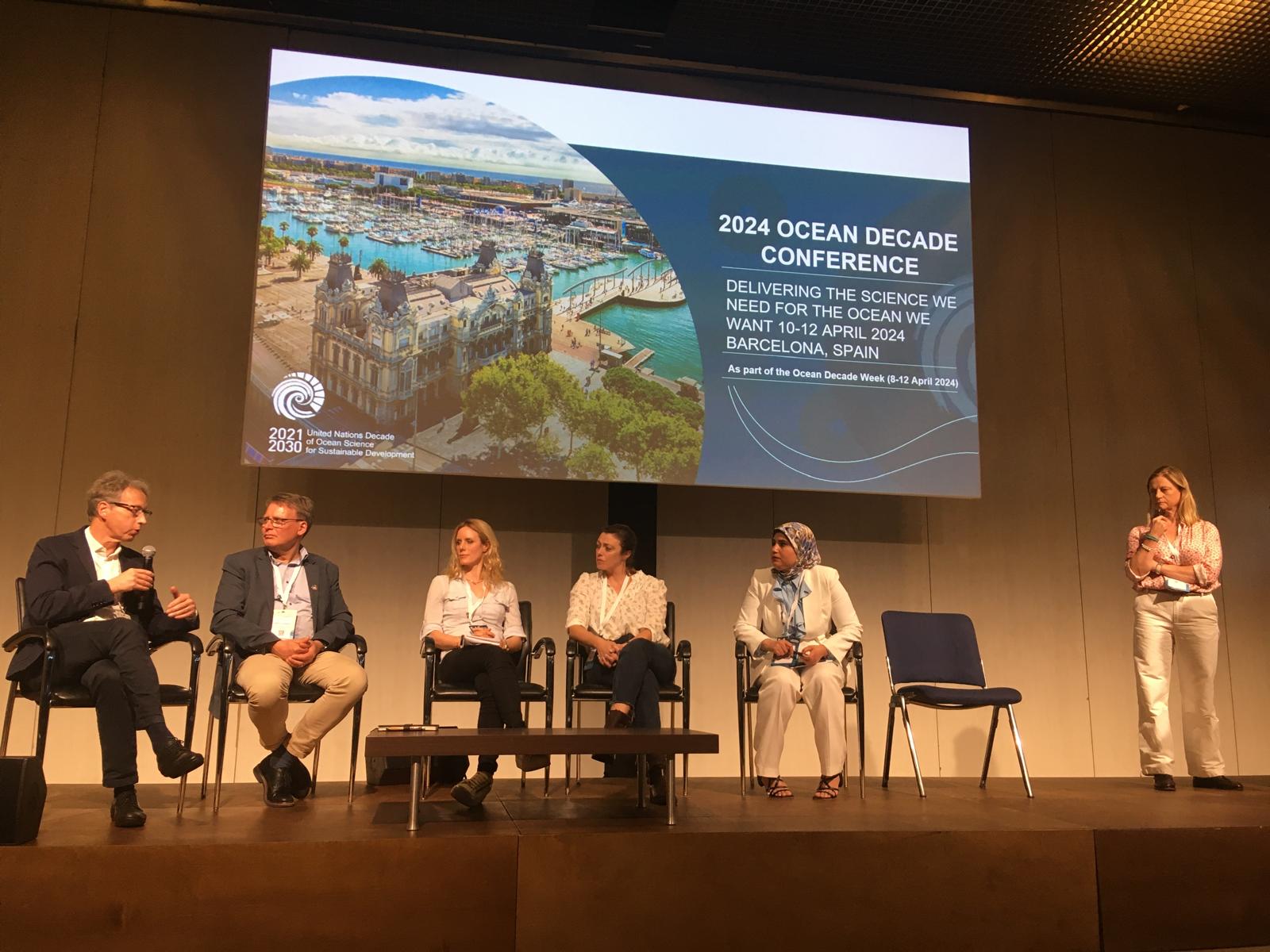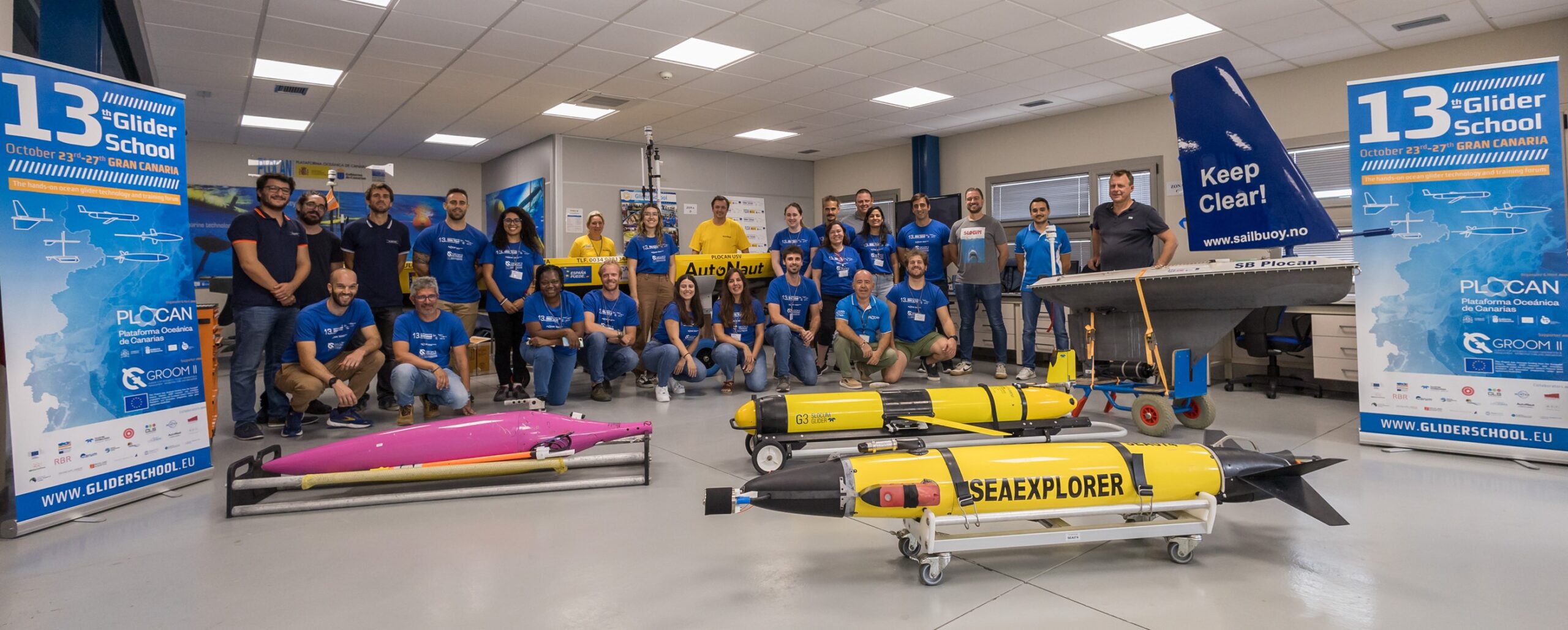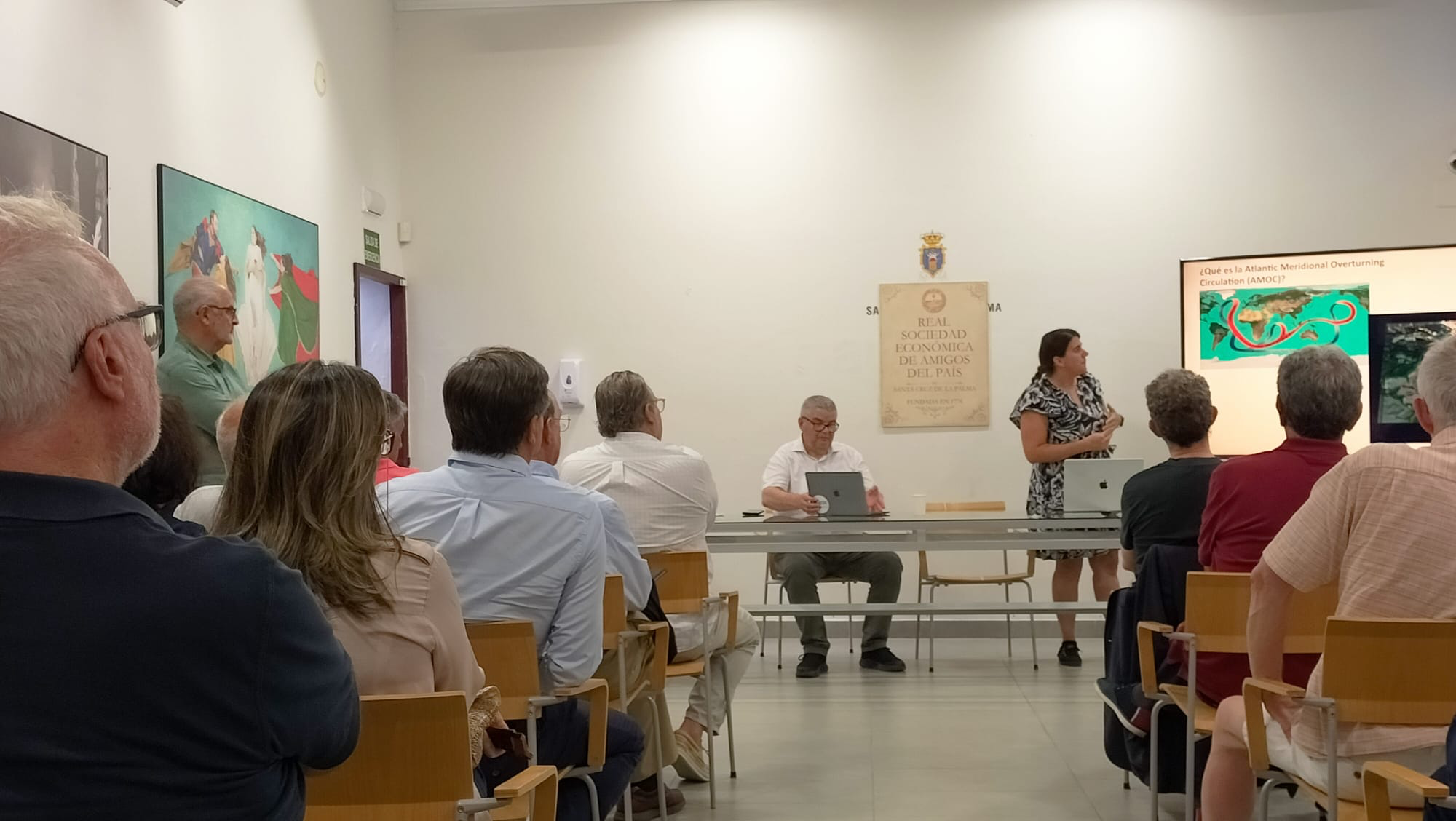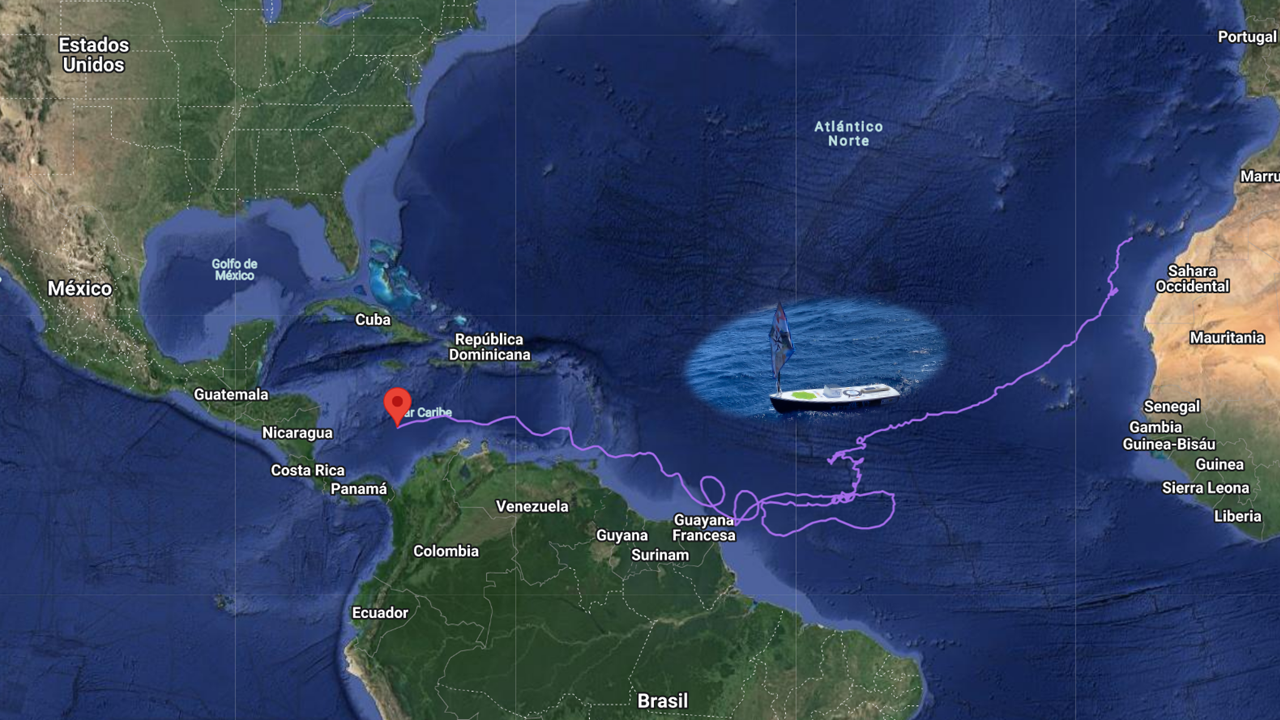The Council of Ministers has approved the Roadmap for the Development of Offshore Wind and Marine Energy in Spain, a strategy to promote Spanish leadership in the research and technological development of the different clean energy sources that make use of natural marine resources, with special attention to wind power. The Canary Islands Oceanic Platform (PLOCAN), along with other important infrastructures, is participating in this strategy.
The roadmap will also ensure that the deployment of facilities in territorial waters is well-planned, respectful of the environment, compatible with other uses and activities, and will be used to improve knowledge of the marine environment.
The strategy contains 20 areas of action with a target of achieving between 1 and 3 GW of floating offshore wind power by 2030 – 40% of the EU target for the end of the decade – and up to 60 MW from other offshore energy sources, such as wave and tidal power, at the pre-commercial stage. Among other measures, at least EUR 200 million will be made available by 2023 and port infrastructure will be assessed, with an investment of between EUR 500 million and 1 billion to cover new logistical needs.
Spain is a world leader in wind power, both in equipment manufacturing – it covers 90% of the value chain – and in electricity generation – this year it is the country’s leading energy source – but offshore wind power has seen little development due to the depth of territorial waters for projects with fixed foundations, which are not feasible at depths of more than 50 metres.
However, Spain is a leader in floating solutions for wind turbines: of the 27 underway in the world, seven are Spanish. It is also the European country with the most R&D facilities for floating wind and other marine energies, such as PLOCAN and the Biscay Marine Energy Platform (BiMEP) or the Punta Langosteira Experimental Marine Energy Zone (La Coruña), the world’s second largest test site for wave energy.
Four major objectives
Based on this industrial and technological leadership, the roadmap pursues four major objectives for 2030:
- To establish itself as a European R&D benchmark for the design, scale-up and demonstration of new technologies, by strengthening testing platforms and offering the best and fastest environment for testing new prototypes. To this end, at least EUR 200 million of public funds will be made available by 2023 for R&D within the framework of the Recovery, Transformation and Resilience Plan (PRTR).
- To be an international benchmark in industrial capacities, generating a value chain and quality employment throughout the life cycle of technologies, optimising logistical conditions, and supporting entrepreneurship, always from the perspective of the circular economy. Emphasis will be placed on synergies with sectors that are already at the cutting edge in our country, such as the naval and steel industries or experiences in onshore wind power.
- To make sustainability a central pillar in the development of marine renewable energy. In addition to an orderly deployment under the recently published Maritime Space Management Plans, the deployment of these technologies will be used to implement systems for monitoring the marine environment to facilitate its conservation and gain a better understanding of the interactions and effects of the different activities.
- The orderly deployment of facilities, particularly wind farms, with clear and predictable regulation on three key elements – spatial planning, grid connection and business model – which are particularly relevant due to the location of the plants in the public domain, the considerable initial investment required and the high level of electricity generation.
Other support mechanisms
To facilitate implementation of the roadmap, in addition to the aforementioned EUR 200 million for R&D, numerous funding programmes are available, both at European and national level. Notable among the latter are the instruments managed by the Centre for the Development of Industrial Technology (CDTI) and the Institute for Energy Diversification and Saving (IDAE), while others, such as the issuing of green bonds, may be incorporated.
The roadmap takes advantage of the Wind Industry Sector Agenda, which forms part of Spain’s Industrial Policy Strategy 2030 and is included in Component 7 of the PRTR, which covers the deployment and integration of renewable energies.



